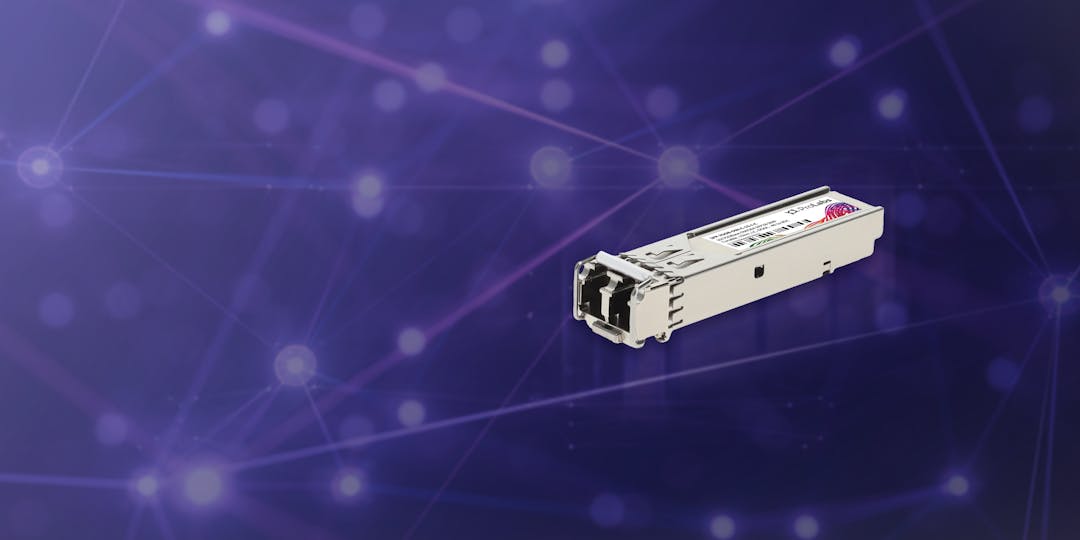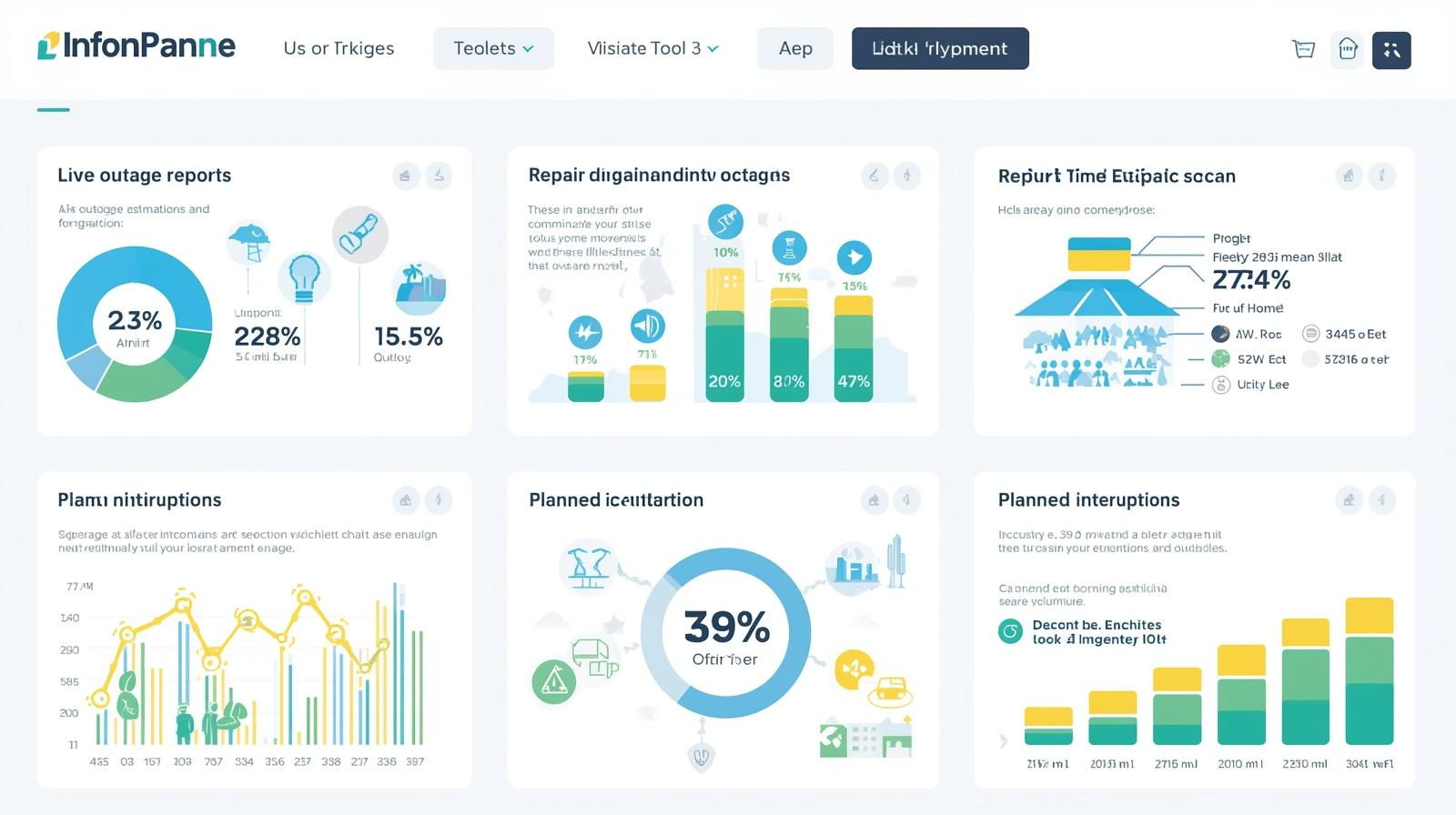As modern technology continues to advance, data centers play a pivotal role in supporting cloud computing, big data, artificial intelligence, and a multitude of other critical applications. The growing demand for bandwidth, low latency, and high efficiency has pushed data centers to adopt innovative technologies to meet these challenges. One such technology that has revolutionized data center networking is the 25G BiDi SFP28 optical module. This article explores how 25G BiDi SFP28 modules optimize data center efficiency by maximizing fiber utilization, simplifying network infrastructure, and lowering operational costs.
Introduction to 25G BiDi SFP28 Technology
The 25G BiDi SFP28 transceiver is an advanced solution designed to meet the ever-increasing demands of high-speed data transmission. Unlike traditional optical modules, which rely on two separate fibers for upstream and downstream data transmission, BiDi (Bidirectional) technology enables the use of a single fiber for both directions of data flow. This simple yet efficient approach significantly reduces fiber usage, making it an ideal choice for data centers where fiber availability and cost are often limiting factors.
The 25G BiDi SFP28 module operates at a transmission rate of 25 gigabits per second (Gbps) and supports both short- and long-range applications. It is backward-compatible with older SFP+ modules, offering a seamless upgrade path for network infrastructure. By using a single fiber for bidirectional communication, this technology significantly optimizes fiber resources and network efficiency.
Maximizing Fiber Resource Utilization
One of the most significant advantages of 25G BiDi SFP28 modules is the ability to optimize fiber usage. In traditional networking, separate fibers are required for each direction of data flow, doubling the amount of fiber needed. With BiDi technology, however, both upstream and downstream data are transmitted through a single fiber, dramatically reducing the fiber infrastructure requirements.
In a typical data center, the demand for fiber optic cables is enormous. Installing a dual-fiber network (one for transmitting and the other for receiving) can be costly and space-consuming. By adopting 25G BiDi SFP28 modules, data centers can significantly cut down on fiber deployment, simplify cable management, and save valuable space. As a result, the overall network infrastructure is more efficient and cost-effective, leading to lower capital expenditures (CapEx) and operational expenses (OpEx).
Simplifying Network Architecture
The adoption of 25G BiDi SFP28 modules simplifies the overall network architecture by reducing cable complexity. A more streamlined infrastructure translates to easier installation, fewer components, and reduced chances of errors. The fewer physical connections needed in the network, the easier it is to maintain and scale. Additionally, reducing the number of cables leads to a more organized and accessible network, minimizing the risk of overheating and ensuring better airflow.
A simplified network also makes it easier to manage and upgrade the data center infrastructure. As data centers continue to grow and evolve, the ability to scale quickly and efficiently is crucial. The flexibility offered by BiDi modules allows for easy expansion, with minimal disruption to existing systems.
Reducing Costs and Enhancing Efficiency
By reducing the amount of fiber required, 25G BiDi SFP28 modules offer significant cost savings in both fiber and hardware components. Fewer cables and connectors are needed, which directly translates into lower installation costs. In addition to the savings in materials, BiDi modules also lower the long-term operational costs associated with network maintenance.
Data center operators often face the challenge of maintaining large, complex networks. With traditional two-fiber systems, troubleshooting can be a time-consuming process. BiDi technology, however, simplifies maintenance by reducing the number of connections and minimizing the chance of faults. This leads to faster and less costly repairs, as well as improved network uptime.
Furthermore, the ability to support high-speed data transmission at 25 Gbps ensures that data centers can handle the growing volume of data with minimal latency. This improvement in network performance helps ensure that time-sensitive applications, such as cloud computing, streaming, and real-time data analytics, operate smoothly and without delays.
Enhancing Network Performance and Reliability
The 25G BiDi SFP28 modules not only improve network efficiency but also enhance overall network performance. These modules support high-speed data transmission, which is crucial as data centers need to accommodate the growing volume of data traffic. By ensuring that both upstream and downstream data flows at 25 Gbps through a single fiber, the modules help alleviate the congestion often found in traditional fiber optic networks.
Moreover, the reduced number of cables and connectors makes the network more reliable. Fewer physical connections mean fewer points of failure, leading to an overall increase in network stability and uptime. The simplicity of the BiDi system ensures that the data center network remains highly reliable and resilient to disruptions, contributing to greater network availability and fault tolerance.
Application in Data Center Interconnects (DCI)
The 25G BiDi SFP28 module is particularly valuable in data center interconnects (DCI), where multiple data centers are linked to form a larger, cohesive network. Traditionally, interconnecting data centers requires a significant amount of fiber infrastructure, especially when long distances between data centers need to be covered.
BiDi technology streamlines DCI by reducing the fiber count for long-distance interconnects. This not only reduces the cost of setting up interconnections between data centers but also simplifies the deployment of fiber-optic links across large geographical areas. By using 25G BiDi SFP28 modules, data centers can implement high-bandwidth, low-latency interconnects more efficiently, enabling seamless data transfer and real-time synchronization between locations.
Conclusion
In conclusion, the 25G BiDi optical transceiver provides a powerful solution for optimizing data center efficiency. By reducing fiber infrastructure requirements, simplifying network design, and lowering costs, BiDi technology helps data centers meet the growing demand for high-speed, low-latency connectivity. Its ability to streamline operations while maintaining robust performance makes it an indispensable tool for modern data center environments. As the need for faster, more reliable networks increases, the role of 25G BiDi SFP28 modules in driving data center innovation and operational efficiency will continue to grow.








